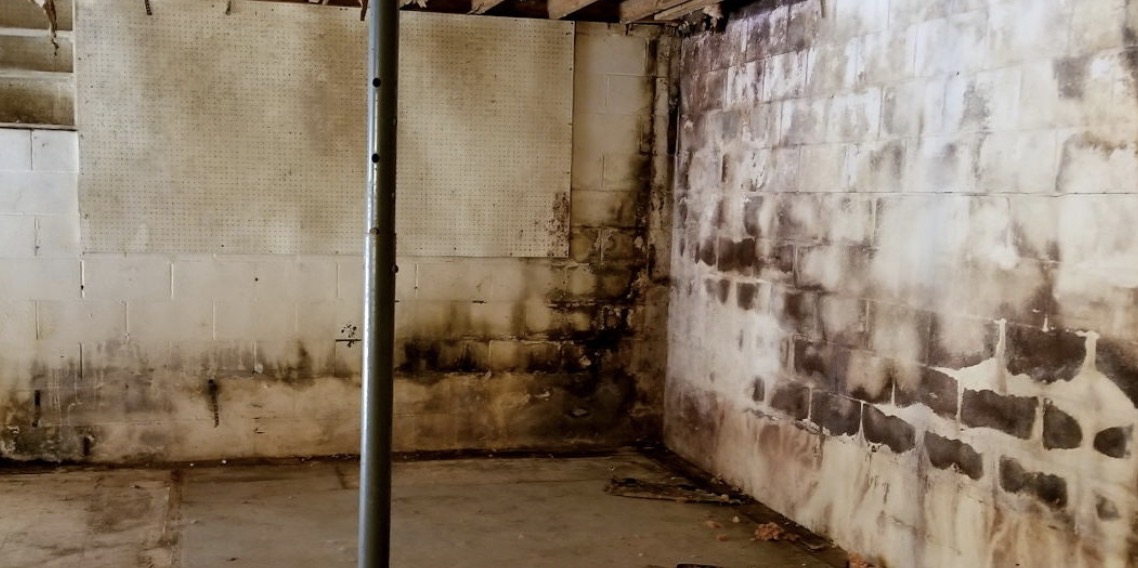Do you always sneeze every time you get into the basement in your home? You may not have a cold, but the mold infestation in this area can cause severe allergies. Mold grows in regions with a lot of moisture, and the basement is highly prone to this. Even though your basement is dry, some mold may be growing inside the walls.
Just as you take care of the rest of the rooms in your home, you should pay the same attention to your basement. This is because when mold infests the basement, it can lead to serious problems. This is common if your home has experienced water damage or flooding problems before. If you spend a lot of time in a basement that is infested with mold, you can get sick since the mold species may be toxic. Learning everything about basement mold can help you maintain this region better. If you identify any spots that look like mold, you should call experts who offer mold inspection New York services to test it.
What leads to a moldy basement?
In most cases, mold in the basement comes as a result of excess moisture. The moisture can come from an external source such as groundwater or rain or an internal source such as high humidity levels. Since the basement is found on lower ground, the foundation walls can quickly make water to seep into the basement.
Since the basement is the lowest region of your home, water can easily flow and settle into it. If the house lacks gutters or proper grading, the rain can easily flow into your basement. This leads to excess moisture, which encourages the growth of mold. Apart from external factors, activities such as cooking and showering in the basement can change humidity levels leading to mold growth. Understanding the causes of a moldy basement can help you take the necessary measures to prevent it.
Find out how you can prevent your basement from mold
Work on the outdoor causes
Look at how rainwater flows when it hits your roof. You can heap some soil on the ground against the house so that water does not flow into your basement. Also, inspect the window wells since they can lead to insulation issues, often causing the mold growth in the basement.
Though you cannot prevent flooding, you should get rid of any water that gets to your basement as soon as the floods are over. You can also consider buying a special machine that can suck in excess moisture from the basement walls.
Check the humidity levels in the basement
The lack of proper airflow in the basement can lead to high humidity, which in turn causes a moldy room. You should therefore consider using air ventilators in the basement or installing a dehumidifier. Keeping the windows open in this region can also boost the circulation of air.
Insulate the basement walls and check the pipes
Any leaking pipes around the basement can also lead to condensation. Check the pipes in this region and change or seal them. You can use certain insulation materials such as fiberglass or pipe sleeves to wrap them. Since dew point can also cause mold in your basement, you should consider insulating the walls.
Avoid using the basement as a laundry room
Most homeowners have a habit of converting the basement into a laundry room. When you use this room to dry your clothes, you can easily encourage the growth of mold. Consider drying your clothes outside instead of in the basement. If that is not an option for you, you should try to control the basement’s humidity levels.
Do not overstuff the basement
If you store all the items you no longer need in your basement; you can easily create a habitat for mold. Avoid storing items such as carpets, boxes, or books in the basement since they may interfere with the free flow of air in this room. If you don’t have any other storage area, you should ensure that the basement is always dry, and nothing leans against the walls. Also, avoid putting any plants in the basement since these are a source of food for different mold species.






